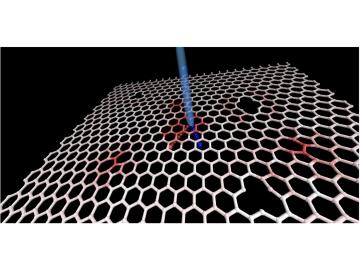
Filter News
Area of Research
News Type
News Topics
Media Contacts
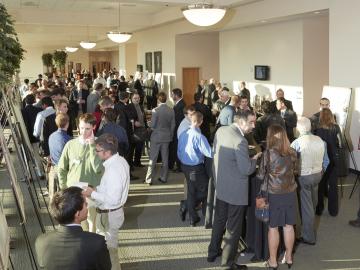
Renewed interest in molten salt technology was evident at a recent gathering of advanced nuclear reactor experts at the US Department of Energy’s (DOE’s) Oak Ridge National Laboratory (ORNL). Nearly 200 attendees from national labs, industry, utilities, reactor design firms,...
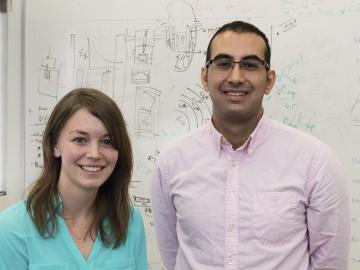
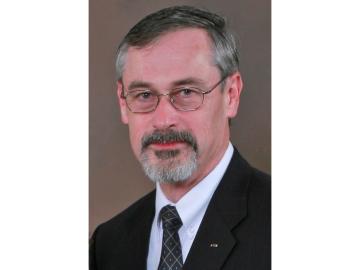
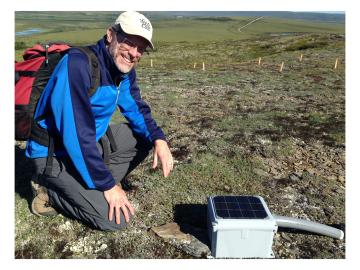

Six researchers from the Department of Energy’s Oak Ridge National Laboratory have been elected fellows of the American Physical Society (APS). The APS is one of the largest physics organizations in the world with more than 51,000 members in academia, government an...
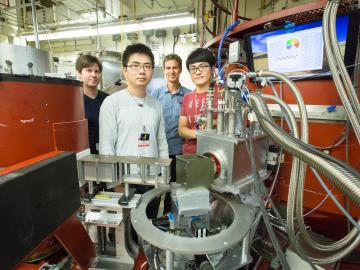
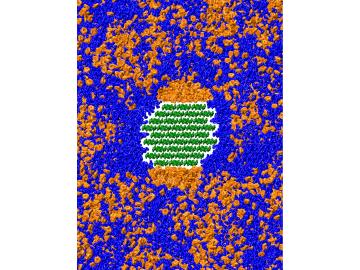
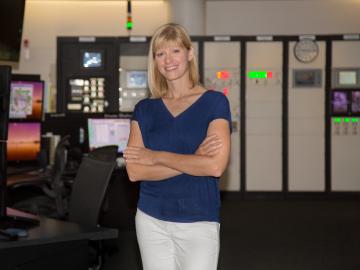
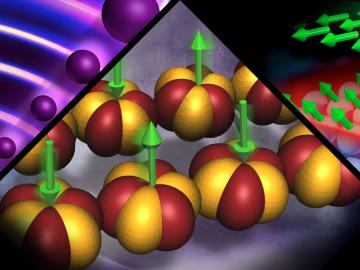
The theories recognized with this year’s Nobel Prize in Physics underpin research ongoing at the Department of Energy’s Oak Ridge National Laboratory, where scientists are using neutrons as a probe to seek new materials with extraordinary properties for applications such as next-generation electronics, superconductors, and quantum computing.
